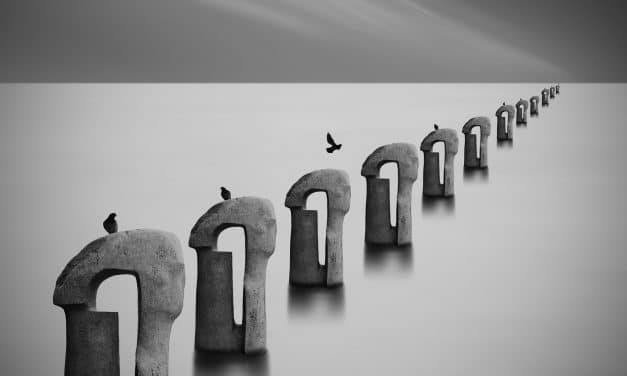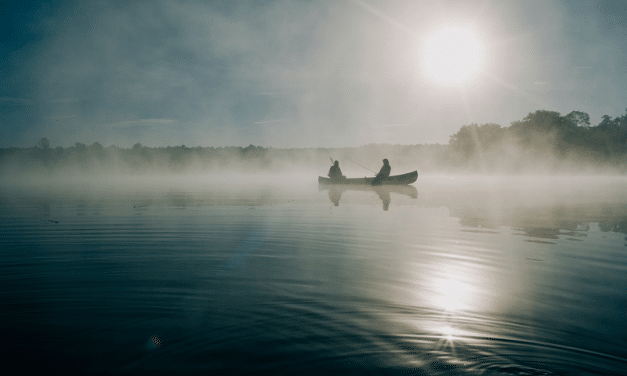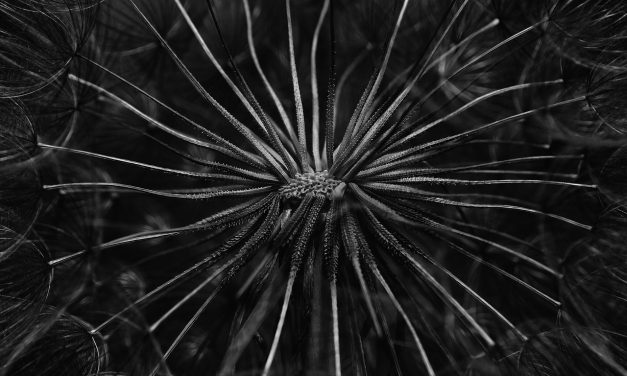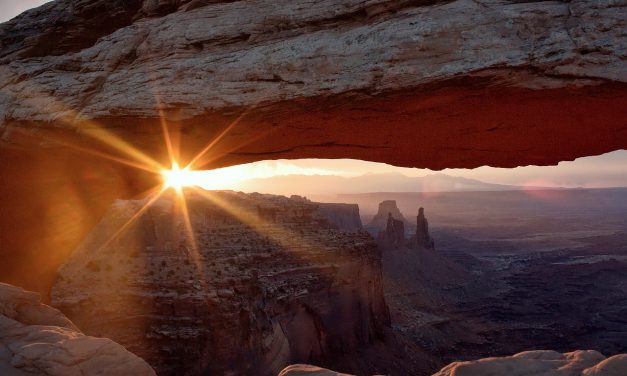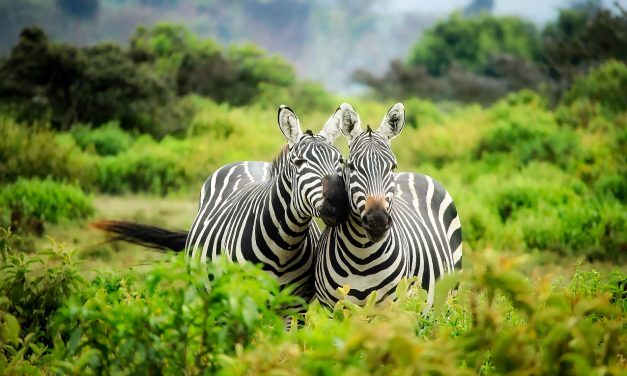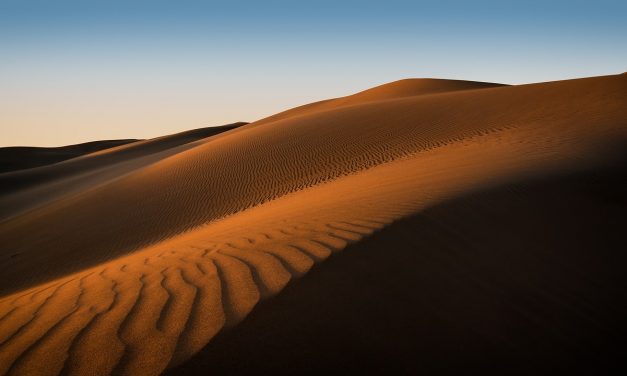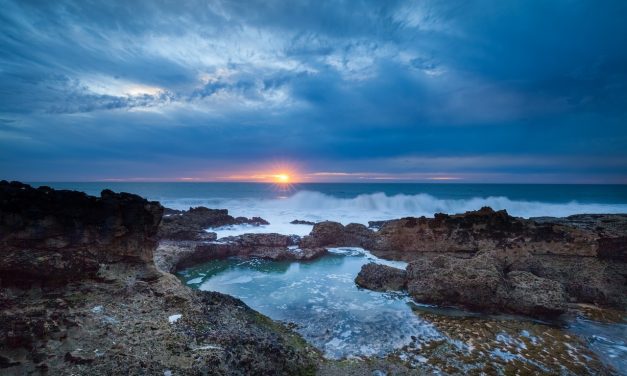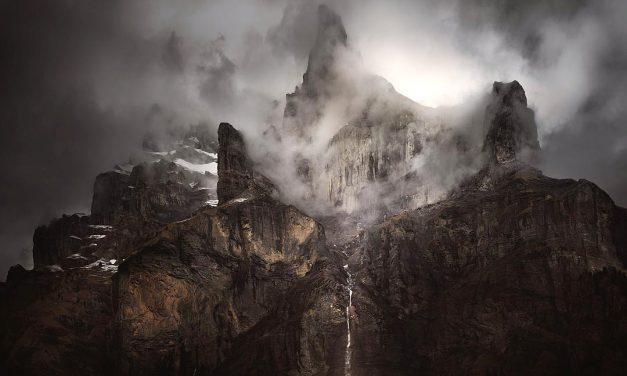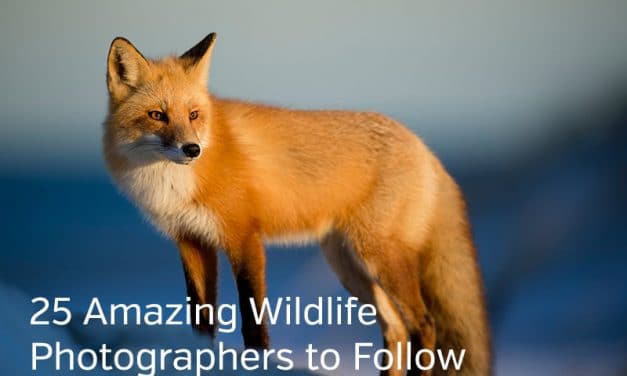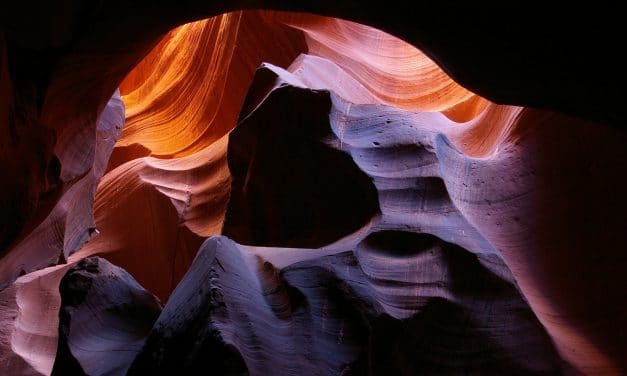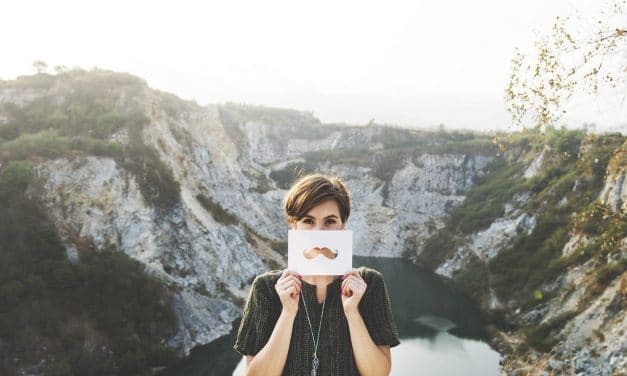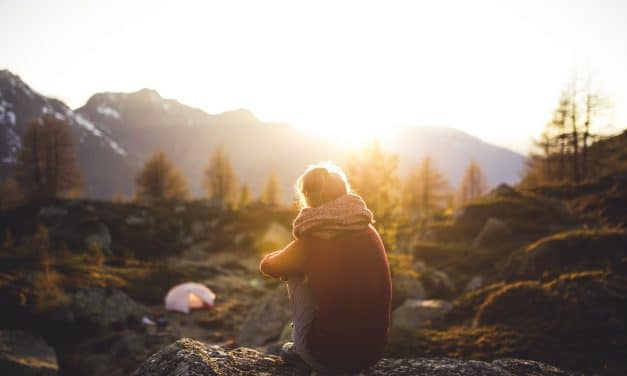Simple Tips for Capturing Artistic Images Like a Pro
Are you looking to take your photography hobby to the next level? Do you want to get the most out of your surroundings and add an abstract flair to your photography? Learning to capture artistic images is a fantastic way to make the most out of your surroundings. It is also one of the best ways that any aspiring photographer can start out in photography.
Read More
